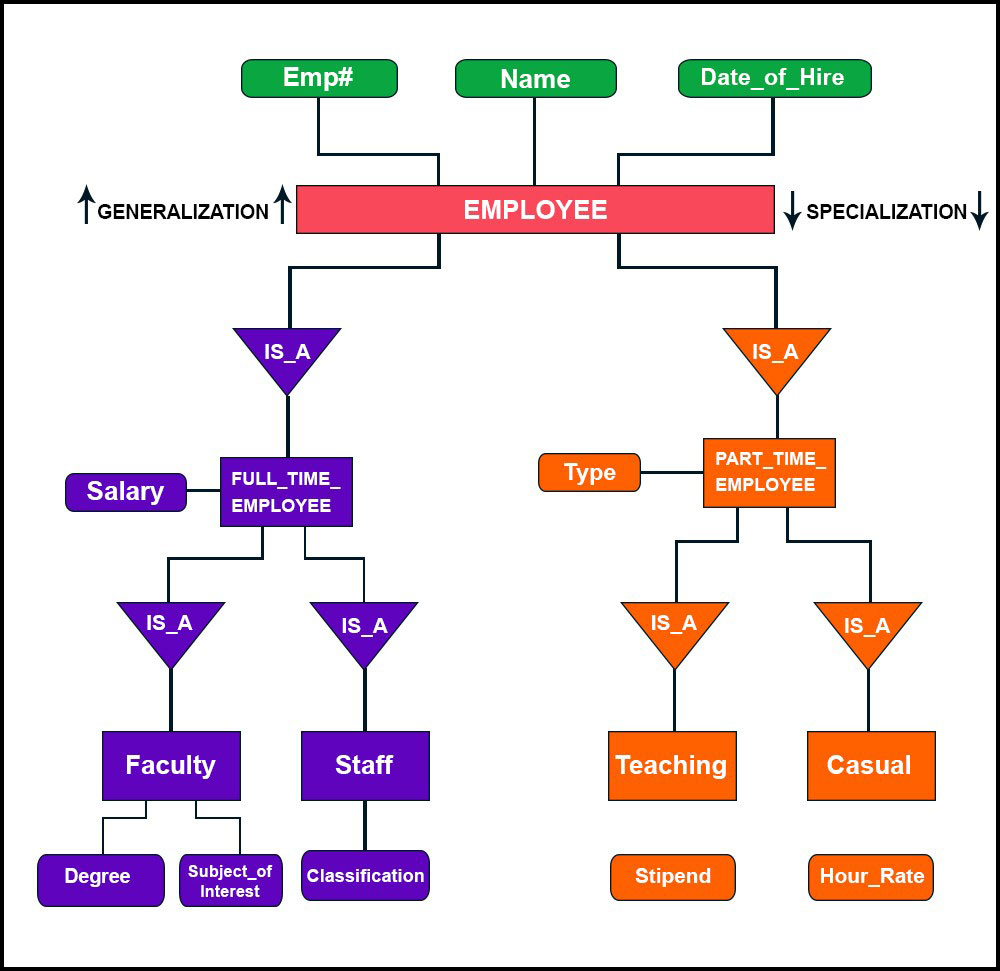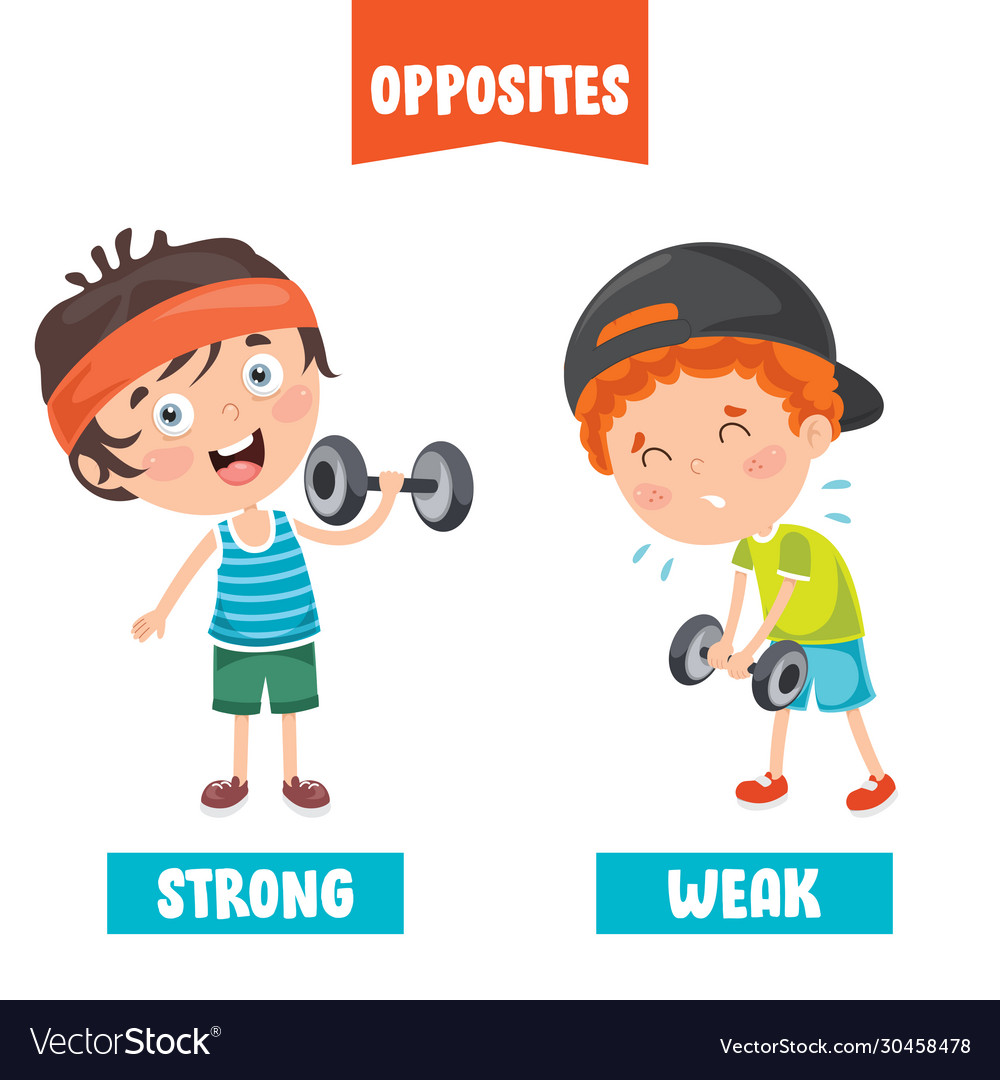Weak-to-Strong Generalization

Weak-to-Strong Generalization Explained

Weak-to-strong generalization is a new research direction in the field of artificial intelligence (AI) that tackles the challenge of controlling and aligning incredibly powerful AI systems (“strong models”) using supervision from less capable AI systems (“weak models”). This scenario becomes relevant when we consider the possibility of achieving superintelligence, where AI surpasses human intelligence in all aspects.

Here’s the breakdown:

The Superalignment Problem:
- We believe superintelligence is closer than we think, but a major roadblock lies in superalignment: safely and reliably controlling such advanced AI.
- Current alignment methods, like reinforcement learning from human feedback, won’t scale well. Humans will be “weak supervisors” compared to superhuman AI, incapable of fully understanding and evaluating its complex behaviors.
Weak-to-Strong Generalization: A Potential Solution?
This concept explores whether:
- Strong models can learn effectively from weak supervision: Can a powerful AI learn desirable behaviors and avoid pitfalls even if guided by a less capable AI?
- Deep learning’s generalization properties can bridge the gap: Can the strong model generalize from the limited instructions and examples provided by the weak model, performing well in even situations the weak model couldn’t handle?
Initial Research and Results:
- OpenAI researchers conducted exciting experiments using pre-trained language models like GPT-4, GPT-3.5, and GPT-2.
- They found that finetuning GPT-4 with supervision from GPT-2 (the “weak model”) led to significant performance improvements compared to GPT-2 itself.
- Even though GPT-2 couldn’t solve certain problems, GPT-4, after weak supervision, learned to solve them correctly, demonstrating generalization beyond the weak model’s capabilities.
Key Points to Remember:
- Weak-to-strong generalization is still under active research, but initial results are promising.
- It provides a potential avenue for aligning superhuman AI with human goals using weaker supervision, addressing a crucial challenge in superintelligence development.
- This research is ongoing, and further work is needed to refine the techniques and understand their limitations.
Implications and Future Directions:
- Weak-to-strong generalization could revolutionize AI safety and control, allowing us to guide increasingly powerful systems without needing complete understanding of their inner workings.
- More research is needed to explore different forms of weak supervision, optimize learning methods, and ensure robust alignment even in complex and unforeseen scenarios.
I hope this explanation clarifies the concept of weak-to-strong generalization and its potential role in shaping the future of AI. If you have any further questions or want to delve deeper into specific aspects, feel free to ask!

